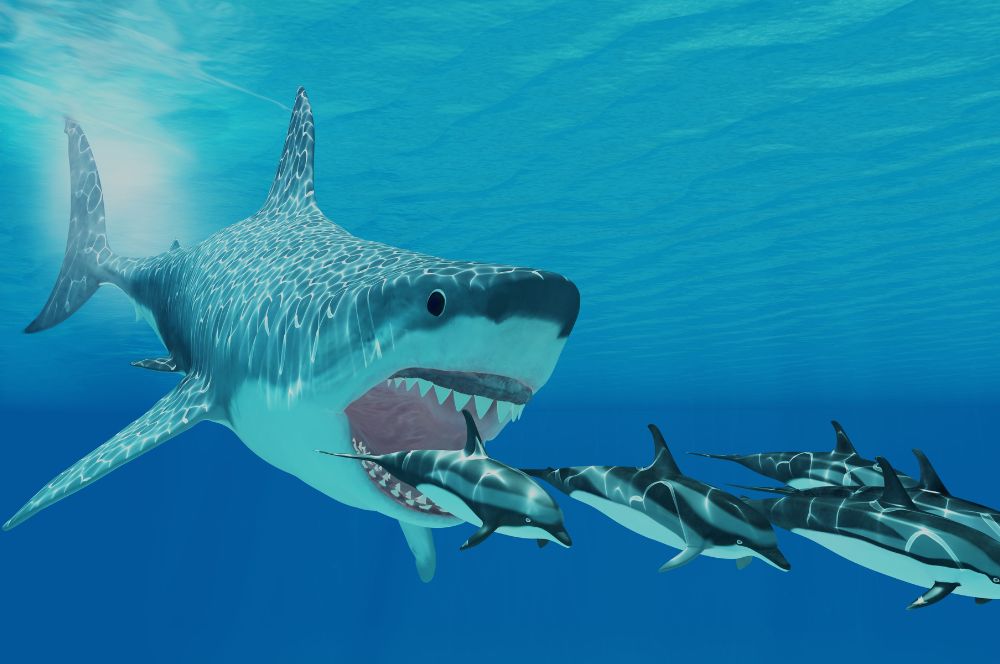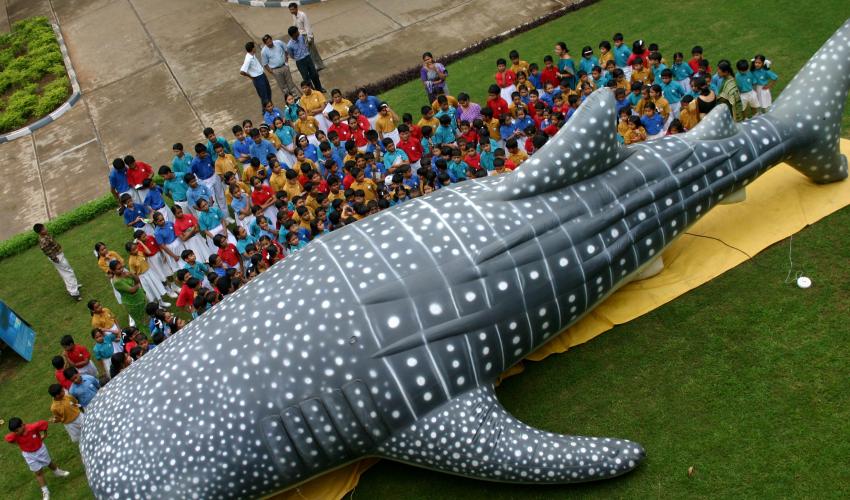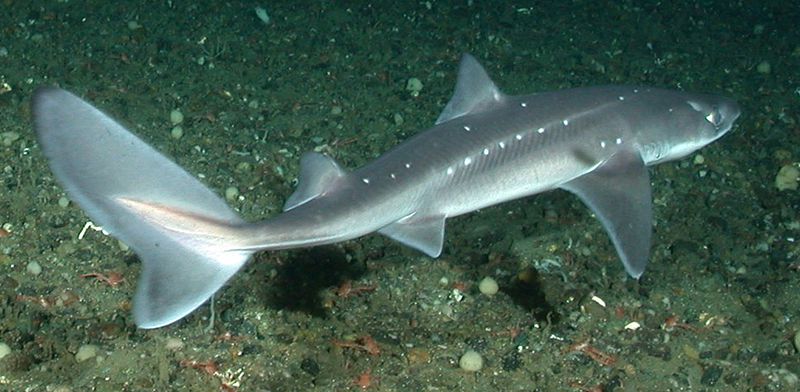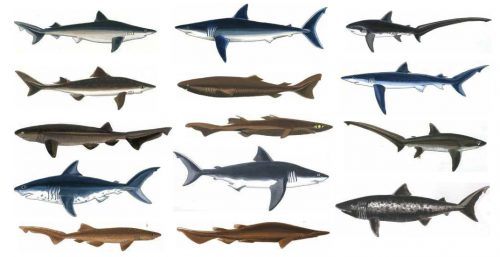
| Kingdom: | Animalia |
| Scientific Name: | Selachimorpha |
| Type: | Fish |
| Feed: | Carnivorus |
| Life Span: | 20-30 years |
| Natural Enemy: | Orcas |
There are over 500 known species of sharks, inhabiting all oceans of the world, from the depths of the abyss to shallow coastal waters.
Sharks have a streamlined body and are highly effective predators. Unlike bony fish, sharks have a skeleton made of cartilage, making them more flexible. They possess multiple rows of teeth that are continually replaced throughout their lives. Sharks are equipped with powerful jaws and sharp teeth that can tear through flesh and bone with ease.
Sharks vary greatly in size, from the small dwarf lanternshark, which is about 17 cm long, to the enormous whale shark, which can grow up to 12 meters in length. Most sharks are cold-blooded and their body temperature matches that of the water around them, though some species, like the great white shark, can regulate their body temperature to a degree.
Sharks have a range of sensory adaptations that make them effective hunters. Their sense of smell is incredibly keen, allowing them to detect blood in the water from miles away. They also have the ability to sense electrical fields produced by other animals through specialized organs called ampullae of Lorenzini. This allows them to detect the heartbeat of hidden prey.
Diet
Sharks are carnivorous, with diets varying significantly across species. Some, like the whale shark, feed on plankton and small fish through filter feeding, while others, like the great white shark, hunt larger prey such as seals, dolphins, and even other sharks.
 source: internet
source: internet
 source: internet
source: internet
Reproduction
Shark reproduction varies widely among species. Some sharks lay eggs (oviparous), while others give birth to live young (viviparous). A few species exhibit ovoviviparity, where eggs hatch within the mother's body, and she gives birth to live young.
Conservation
Many shark species are threatened by overfishing and habitat destruction. Sharks are often targeted for their fins, which are used in shark fin soup, a delicacy in some cultures. Conservation efforts are ongoing to protect these apex predators, which play a crucial role in maintaining the health of marine ecosystems.
 source: internet
source: internet
Despite their fearsome reputation, sharks are not the mindless killers often portrayed in media. Attacks on humans are rare, and most sharks are not dangerous to people. Understanding and protecting these remarkable creatures is essential for the health of our oceans.
 source: internet
source: internet
 source: internet
source: internet
